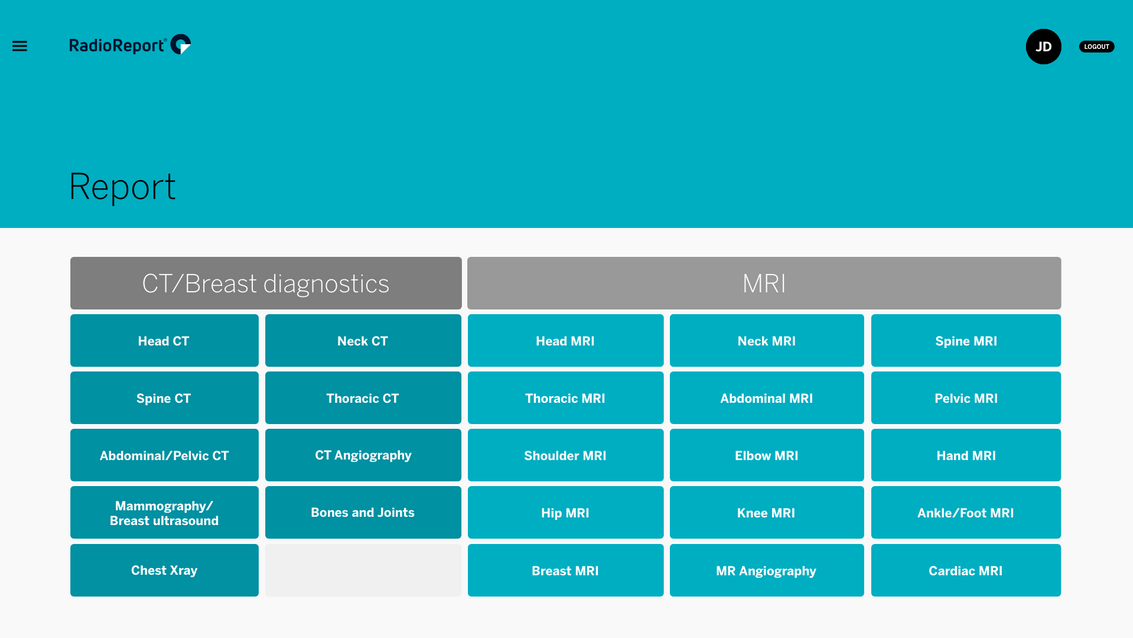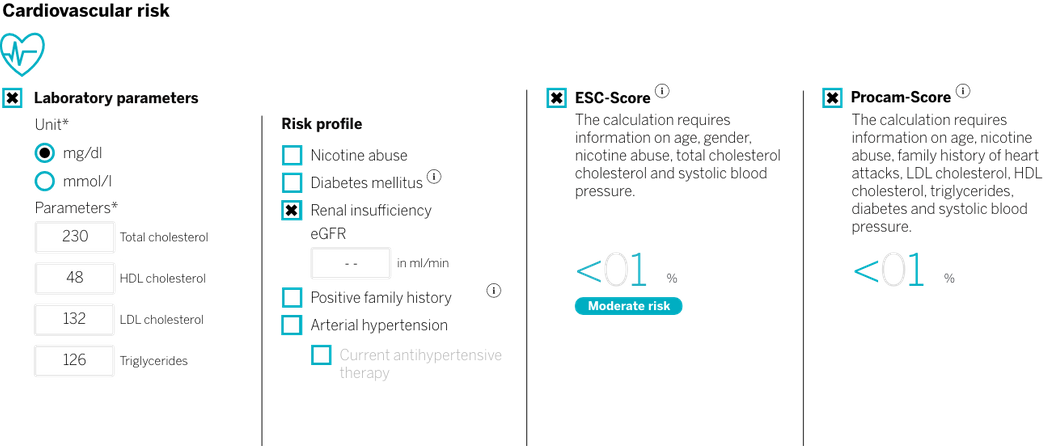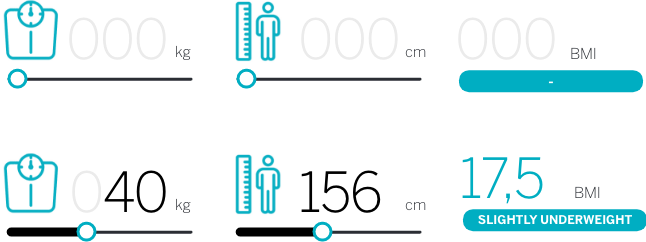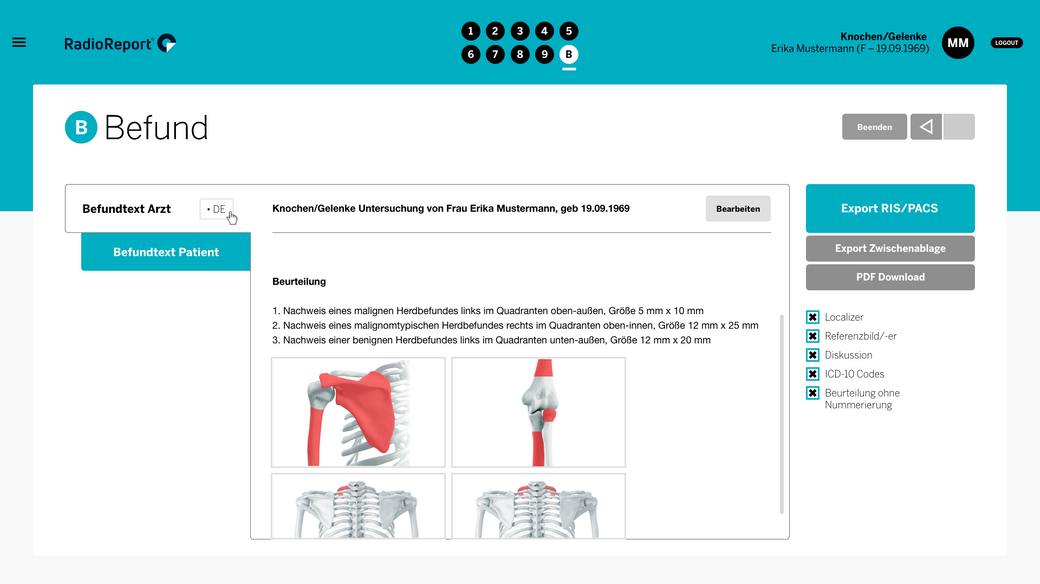Radiology reports 42% faster with RadioReport®
Bridging radiology expertise with software innovation
Company: Neo Q – Quality in Imaging GmbH
Position: UX/UI Designer
Date: 2020 – 2024
RadioReports' interface was awarded with the red dot design award in 2021 for its intuitive and user-centric desgin.
Radiologists devote 80% of their time to reports
which reduces the time for patient care.
Radiology reporting, a critical aspect of radiological practice, has traditionally been a time-consuming and manual process.
The conventional reporting process has its flaws. Although dictating free-text reports may feel fast, studies indicate that on average, 17.4 minutes are required for an MRI report.1 Meanwhile, scan times have become significantly shorter than reporting times.
80%
of Radiologist's time spent on reporting
40%
of reports contain errors
In addition to the time issue, there is also a quality problem. Studies reveal high variability among radiologists when interpreting the same image datasets.2 Furthermore, referring physicians often express dissatisfaction with conventionally dictated reports.3 Efficient data analysis is hindered by a lack of standardization.
In response to this challenge, RadioReport® , the resulting software, is a decision tree that sets minimum requirements and guides the user flexibly through the analysis process.
What is better than getting feedback from the user?
developing the software WITH them!
The design process involved mapping the thought processes of experienced radiologists into RadioReport®, ensuring a user-centric approach.
The software's interface was meticulously crafted to guide users seamlessly from image to report in just a few steps.
Guided Reporting operates much like a virtual interview partner, leading the user through an optimized decision pathway to the desired outcome. Throughout the process, users benefit from precise information, graphical selection tools, and required fields. The result is a complete, structured, and standardized report in concise and clear language — generated with just a few clicks. This innovative approach, focusing on anatomy rather than pathology, ensures standardized, high-quality reports with machine-readable content.
42%
faster reporting times
100%
machine readable &
standardized reports
RadioReport translates the expertise of seasoned radiologists into an intuitive platform that guides users through the reporting process based on anatomy-centric principles.
With a streamlined selection of 24 modules, RadioReport® covers the full spectrum of CT and MRI examinations, delivering standardized reports with machine-readable data – poised for seamless integration with AI technologies.
In developing RadioReport®, I served as the vital link between radiologists and developers.
Visual clarity for improved interpretation:
Graphic localizers to reduce misunderstanding
Key learnings: Simplicity is key
for highly complex medical tasks
Starting with anatomy instead of pathology
Anatomy-First Approach informed by experienced Radiologist collaboration
What we learned from the close collaboration with radiologists: Effective reporting software should start with anatomy rather than pathology. For this, the 24 modules for CT and MRI cover all clinical examinations in practice. Thats why our start screen lets you choose from exactly the region you have examined.
Graphic localizers to reduce misunderstanding in reports
Visual clarity for improved interpretation
To reduce errors, it's important to use precise terminology to avoid misunderstandings in diagnosis and treatment. For these instances, we created specific localizers, that not only have those terminology aligned, but are also fun to use in medical practice.
Example:
Tendon of M. flexor digitorum longus
Tendon of M. flexor hallucis longus
These ligaments are both located in the ankle joint. Their names can be similar and are right next to each other. Both are important for ankle stability. Injuries to these ligaments are common in ankle sprains. By giving the radiologist the choice to either choose the text-based description or the graphic localizer, they can also double-check their input and mixing up similar terminology can be reduced, assuring lesser errors.
Plausibility checks and automatic calculations for quality assurance
Enhancing precision and reliability
Example calculator for cardiovascular risks
Calculation of ESC- and Procam-Scores with given laboratory parameters. Helping the radiologist focus on his core work and not having to calculate the scores by himself. Also, manual calculation is prone to errors.
Example mandatory checks
To determine, what content is presented in the findings pages, the user has to decide, which examination was used for the patient. Either Mammography and/or Ultrasound has to be selected in this case.
Example calculator for Body Mass Index (BMI)
The BMI calculator is a fundamental tool in healthcare that is automatically calculated based on provided height and weight information. This automated process simplifies BMI determination, providing quick and accurate results to assist in patient assessments and healthcare decision-making.
enabled slider
active slider, automatically calculated output for BMI
Automatically calculated outputs play a pivotal role in streamlining radiologists' workflow by providing quick and accurate measurements that assist in patient assessment and diagnosis.
By incorporating automated calculations like BMI into radiology reporting software, radiologists can optimize their workflow, focus more on clinical interpretation, and deliver comprehensive reports efficiently. This automation not only enhances productivity but also contributes to improved patient care and outcomes.
Ensuring Precision and Efficiency: Robust plausibility checks and automatic calculations are essential for maintaining accuracy, efficiency, and quality assurance in radiology reporting software.
Upholding Data Integrity: Plausibility checks serve as a safeguard, identifying inconsistencies or errors in reported data early on, based on extensive research and medical input.
Improving Diagnostic Accuracy: These checks validate coherence and logical validity of findings, assisting radiologists in identifying and addressing discrepancies to minimize misdiagnosis or oversights.
Empowering Radiologists: Automatic calculations swiftly provide quantitative measurements and assessments, developed with insights from medical professionals and standardized protocols.
Optimizing Workflow: Leveraging these calculations saves time, facilitating quick and precise analysis and enhancing overall workflow efficiency in radiology practice.
Multilingualism with just one click
Enhances efficiency, communication, and patient-centered care, contributing to improved workflow and outcomes.
Global Collaboration: Radiologists often collaborate with colleagues and medical professionals from different parts of the world. A software that supports multilingual capabilities ensures seamless communication and understanding across diverse linguistic backgrounds.
Accessibility: Many radiology departments serve culturally diverse patient populations. Having a software that can generate reports in multiple languages with just one click enhances accessibility and improves patient care by providing information in patients' preferred languages.
Efficiency and Accuracy: Radiologists working with multilingual patients or colleagues can save time and reduce errors by quickly generating reports in the appropriate language without the need for external translation services.
Compliance: In healthcare settings, compliance with language access regulations and standards is essential. A software with built-in multilingual support helps radiologists meet these requirements effortlessly.
Language selection possible in the report page...
… as well as in the menu of the software itself with just one click on the menu
patient-friendly report - with just one click.
Clear, accessible reports empower patients to actively participate in their treatment decisions and recoveryprocess.
Patients often don't understand the medical jargon.
Thats why we introduced the
The importance of a patient-friendly report cannot be overstated. Clear and concise reports foster effective communication between healthcare providers and patients, ensuring that vital medical information is comprehensible and actionable. By incorporating patient-friendly language and visual aids, our software helps bridge the gap between complex medical terminology and patient comprehension.
Transformative Capability: Our software enables healthcare providers to generate patient-friendly reports effortlessly, emphasizing user experience (UX) and patient-centered care.
Effective Communication: Patient-friendly reports bridge the gap between complex medical terminology and patient comprehension, fostering effective communication between healthcare providers and patients.
Improved Engagement: By incorporating patient-friendly language and visual aids, our software enhances patient engagement and satisfaction, empowering patients to understand and participate in their treatment plans.
Streamlined Workflow: With just one click, healthcare professionals can create clear and empathetic reports, saving valuable time and contributing to improved patient outcomes.
Enhanced Medical Communication: RadioReport®'s capability to produce accessible reports reflects our commitment to enhancing medical communication, ultimately fostering stronger connections between healthcare providers and patients.


















